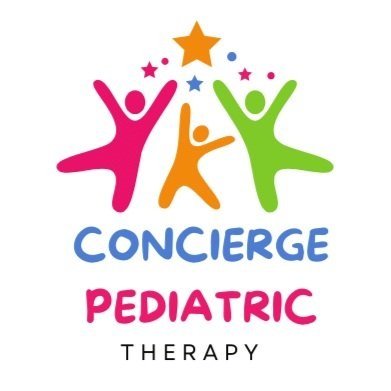Speech & Language Developmental Milestones
The American Speech-Language-Hearing Association (ASHA) provides guidelines for typical speech and language developmental milestones. Below is an overview based on age ranges:
Birth to 3 Months
Listening/Understanding: Startles to loud sounds, recognizes caregiver's voice, calms down or smiles when spoken to.
Talking: Makes cooing sounds, different cries for different needs.
4 to 6 Months
Listening/Understanding: Responds to sounds by looking, enjoys musical toys, notices changes in speaker tone.
Talking: Laughs, babbles with sounds like "p," "b," and "m," makes sounds for joy or discomfort.
7 to 12 Months
Listening/Understanding: Recognizes common words, responds to their name, enjoys games like peek-a-boo.
Talking: Babbling evolves to include longer sounds and variations, may say first words like “mama” or “dada.”
1 to 2 Years
Listening/Understanding: Follows simple 1-step directions, points to body parts, understands simple questions.
Talking: Uses more words every month, combines two words like “want cookie,” names common objects.
2 to 3 Years
Listening/Understanding: Understands concepts like “in” and “on,” follows 2-step directions, listens to stories.
Talking: Vocabulary grows to 200+ words, uses 2-3 word sentences, begins to ask questions like “What’s that?”
3 to 4 Years
Listening/Understanding: Understands basic colors, shapes, and sizes, follows longer multi-step directions.
Talking: Speaks in longer sentences (4+ words), clearly understood by unfamiliar listeners most of the time.
4 to 5 Years
Listening/Understanding: Understands time concepts like “yesterday” and “tomorrow,” listens to short stories and answers questions.
Talking: Uses detailed sentences, tells stories, understands and uses rhyming words, speaks clearly with minimal sound errors.
These milestones are intended as general guidelines. If a child exhibits delays, it may be beneficial to consult a speech-language pathologist for assessment and potential intervention. For more detailed guidance, visit ASHA’s website.


